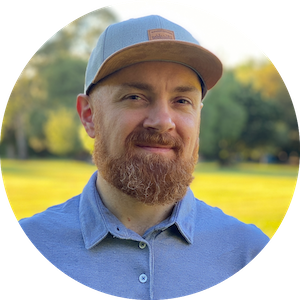410 reads
How I Successfully Ended My One Week Job Hunt
by
December 6th, 2021
Audio Presented by

Even though I have a Telecommunications Engineering degree and an MBA, coding is my passion.
About Author
Even though I have a Telecommunications Engineering degree and an MBA, coding is my passion.